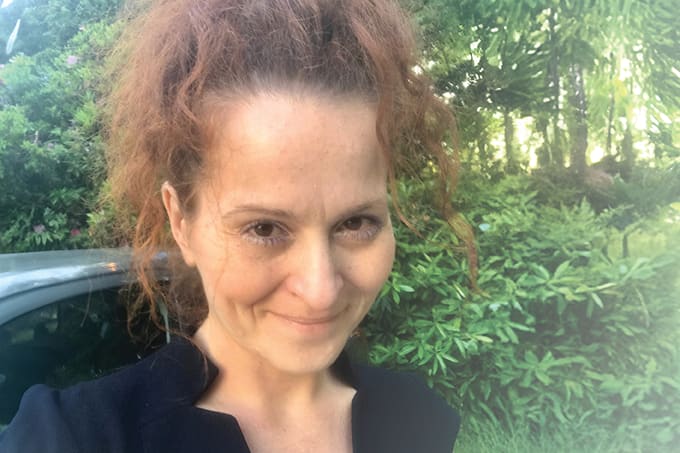
A new study in Alzheimer’s & Dementia suggests that the loss of key structural supports surrounding brain cells may explain why people with Alzheimer’s disease (AD) gradually lose the ability to recognize familiar faces.
Researchers at the University of Virginia and Virginia Tech found that perineuronal nets (PNNs) – protective mesh-like structures that stabilize nerve connections – break down in a region of the hippocampus called CA2. This area is known to be crucial for recognizing familiar people and social cues.
Using a mouse model of Alzheimer’s, the team observed that these PNNs began to deteriorate by six months of age – at the same time the mice lost their ability to tell familiar from unfamiliar companions. Other types of memory, such as recognizing objects, remained unaffected.
When the scientists artificially removed PNNs in healthy mice, the animals also lost their ability to recognize other mice they had met before. Conversely, when PNNs were allowed to regrow, the recognition ability returned.
Gene sequencing of hippocampal tissue revealed that enzymes known as matrix metalloproteinases (MMPs) were more active in the Alzheimer’s mice, leading to excessive breakdown of the nets. When the researchers treated the mice with a drug that blocks MMPs, called GM6001, the PNNs were preserved and social recognition loss was delayed.
Importantly, the CA2 region showed few amyloid plaques – suggesting that this recognition loss occurs independently of the classic Alzheimer’s hallmarks. Instead, the study points to a molecular imbalance between the creation and destruction of the brain’s extracellular matrix.
The findings indicate that protecting or rebuilding perineuronal nets could offer a new approach to preserving social recognition in Alzheimer’s disease.
“Finding a structural change that explains a specific memory loss in Alzheimer’s is very exciting,” said Harald Sontheimer, chair of the university's Department of Neuroscience. “It is a completely new target, and we already have suitable drug candidates in hand.”
However, the researchers caution that further studies are needed to understand how the same mechanisms operate in human brains and whether blocking MMPs is safe for long-term use.




